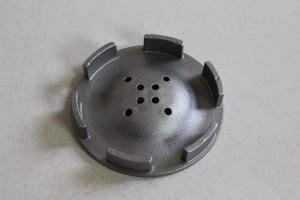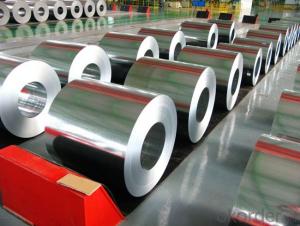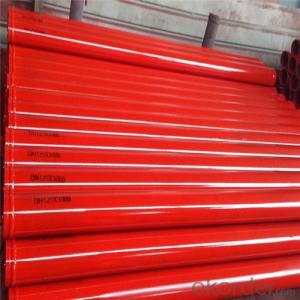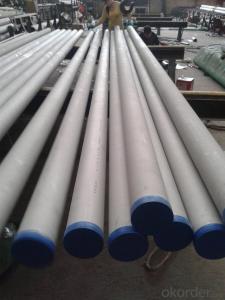Stainless Steel Weld
Stainless Steel Weld Related Searches
Best Paint For Stainless Steel Blanket Insulation For Steel Buildings Primer For Galvanized Steel Foam Filter For Stainless Steel H S Code For Stainless Steel Surface Grinding Wheels For Stainless Steel Surface Grinding Wheels For Hardened Steel Hole Saw For Stainless Steel Paint For Stainless Steel Stainless Steel For BbqHot Searches
Steel Mesh Panels For Sale Price For Stainless Steel Scrap Scrap Price For Stainless Steel Price For Stainless Steel Stainless Steel Tank For Sale Stainless Steel Sheets For Sale Cheap High Tea Sets For Sale Stainless Steel Tanks For Sale Stainless Steel For Sale High Density Fiberboard For Sale Solar Hot Water Collectors For Sale Scaffolding For Sale In Uae Scaffolding For Sale In Ireland Scaffolding For Sale In Houston Type Of Inverter For Solar Price Of Shipping Containers For Sale Types Of Inverter For Solar Stock Price For Aluminum Used Solar Inverter For Sale Steel Mesh Panels For SaleStainless Steel Weld Supplier & Manufacturer from China
Okorder.com is a professional Stainless Steel Weld supplier & manufacturer, offers integrated one-stop services including real-time quoting and online cargo tracking. We are funded by CNBM Group, a Fortune 500 enterprise and the largest Stainless Steel Weld firm in China.Hot Products
FAQ
- The yield strength of stainless steel sheets varies depending on the grade and thickness of the sheet. Generally, it can range from 30,000 to 100,000 pounds per square inch (psi).
- What does 8K stainless steel mean?
- 8K mirror surface definition: stainless steel surface after grinding and polishing, the surface is bright as a mirror, the photo reflects the person, commonly known as mirror 8K, it has corrosion resistance; and the mirror plate is the processing of follow-up color or etching board substrate. Mainly used in all kinds of decoration or metal optical products.
- Yes, stainless steel sheets can be used for automotive body panels. Stainless steel is a popular choice for automotive applications due to its excellent corrosion resistance, high strength, and durability. It can withstand harsh weather conditions, road salts, and other environmental factors without rusting or degrading. Additionally, stainless steel is lightweight, making it ideal for reducing the overall weight of the vehicle and improving fuel efficiency. However, stainless steel can be more expensive compared to other materials, which may affect its widespread use in automotive body panels.
- Elevator shafts can indeed utilize stainless steel sheets, as they offer durability, resistance to corrosion, and an appealing aesthetic. By employing stainless steel sheets, one can ensure a lasting and easy-to-maintain solution, as they resist rust and corrosion caused by factors like humidity, moisture, and chemicals. Moreover, stainless steel possesses strength and can withstand the weight and stress typically encountered by elevator shafts. The sleek and contemporary look of stainless steel further enhances the overall design value of the elevator shaft. Consequently, stainless steel sheets serve as a dependable and fitting material choice for constructing elevator shafts.
- Yes, stainless steel sheets are generally resistant to impact due to their high strength and durability. However, their level of impact resistance may vary depending on the specific grade and thickness of the stainless steel sheet.
- Yes, stainless steel sheets are highly resistant to erosion corrosion due to their inherent properties such as chromium content, which forms a protective oxide layer that prevents corrosion.
- To prevent discoloration or staining on stainless steel sheets, there are several steps one can take. First, it is important to clean the sheets regularly using mild soap or detergent and warm water. Avoid abrasive cleaners or scrub brushes that could scratch the surface. After cleaning, rinse thoroughly with clean water and dry with a soft cloth to prevent water spots. In addition, it is crucial to avoid using harsh chemicals like bleach, ammonia, or chlorine-based cleaners on stainless steel sheets. These chemicals can cause discoloration or staining. Instead, opt for stainless steel-specific cleaners or natural alternatives such as vinegar or lemon juice. Proper storage is also essential. Stainless steel sheets should be kept in a clean and dry environment to prevent exposure to moisture or humidity. Moisture can lead to corrosion or rust, resulting in discoloration. If the sheets are stored outdoors, make sure to adequately cover them to protect against rain or snow. Applying a protective coating or sealant on stainless steel sheets can help prevent discoloration or staining. There are various products available specifically designed for stainless steel protection. It is important to follow the manufacturer's instructions for application and reapplication if necessary. Furthermore, it is important to avoid contact between stainless steel sheets and other reactive metals such as iron, copper, or aluminum. When these metals come into contact with stainless steel, a chemical reaction called galvanic corrosion can occur, leading to discoloration and staining. To prevent this, ensure separation or isolation between stainless steel and reactive metals. Regular maintenance is crucial in preserving the appearance and integrity of stainless steel sheets. Regularly inspect the sheets for any signs of discoloration, staining, or damage. Address any issues promptly to prevent further deterioration. If stubborn stains are present, use a non-abrasive stainless steel cleaner and a soft cloth to gently rub the affected area in the direction of the grain. By following these preventive measures, the appearance and integrity of stainless steel sheets can be maintained, ensuring they remain free from discoloration or staining for an extended period of time.















































